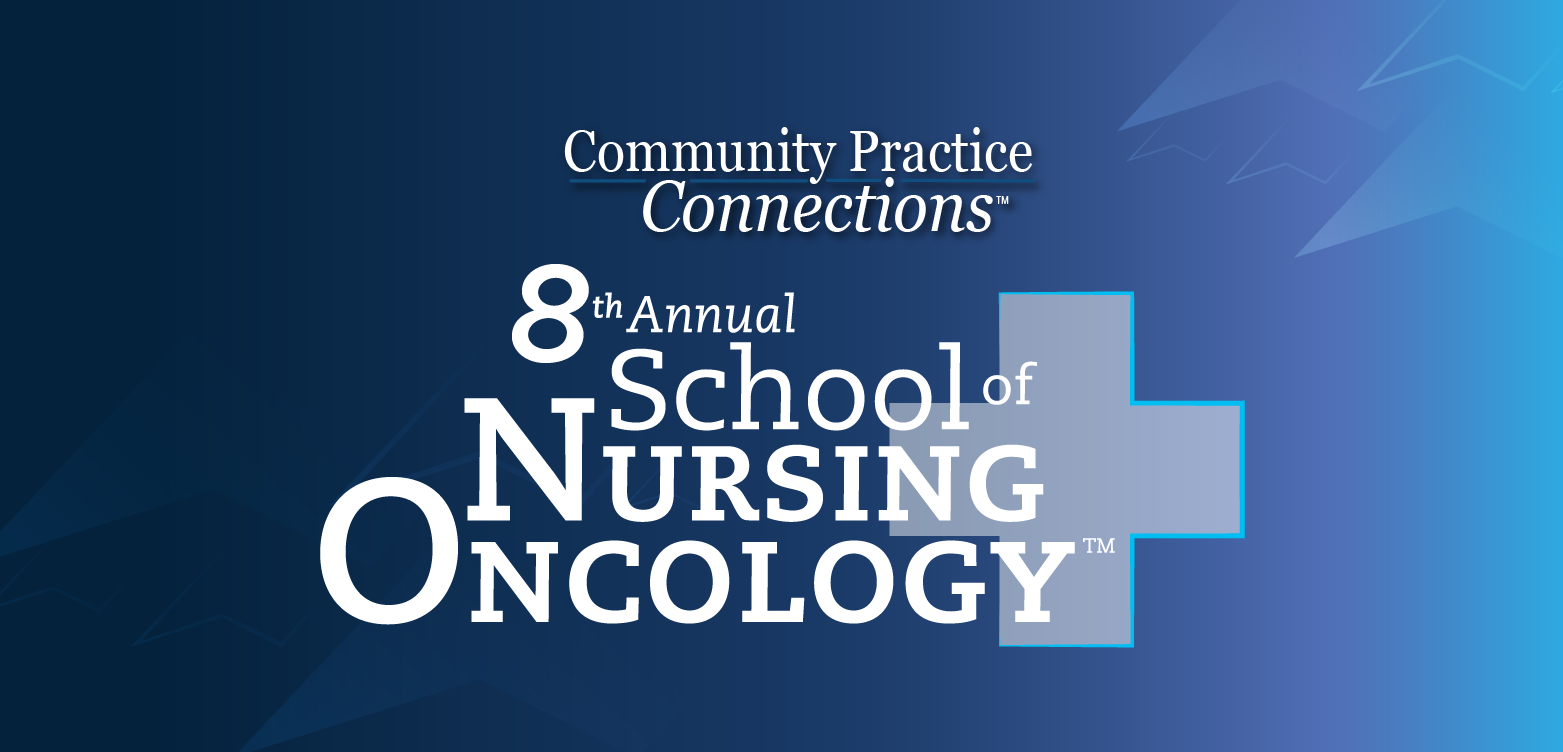
Daniel Galbraith, PhD, on Using Targeted Locus Amplification to Analyze Genetically Modified Cells
The chief scientific officer of Solvias discussed potential uses for the company’s platform.
“One of the big risks [of gene therapy] is you don't want to do any damage to the patient. Obviously, these patients are ill and you want to help them as much as you can, so making sure that your treatment is not going to cause any damage is the important thing. This technology, TLA, will give us a good indication that it's not actually going to cause any cancer effects from the treatment that you're going to give.”
Although genetic modification of cells through the use of viral vectors, such as lentiviral vectors, can have a number of important therapeutic applications, such processes carry risks as well. For example, if the vector integrates into an oncogene in a cell’s genome, it could lead to malignancy. As such, tools for analyzing the genome after cells have been modified can play an important role in assessing the safety of genetically modified cell-based therapies.
One such tool is Solvias’ Targeted Locus Amplification (TLA) platform. At
The broader goal, Galbraith emphasized, is safety: ensuring gene therapies do not cause unintended damage such as cancer. He also discussed potential future avenues for the further development of the technology. Currently, it is able to be used for pretreatment monitoring of patient-derived cells outside the body, but extending that monitoring to how cells behave after reinfusion could be carried out by harvesting cells for another analysis sometime after the initial treatment is given.
Newsletter
Stay at the forefront of cutting-edge science with CGT—your direct line to expert insights, breakthrough data, and real-time coverage of the latest advancements in cell and gene therapy.













































